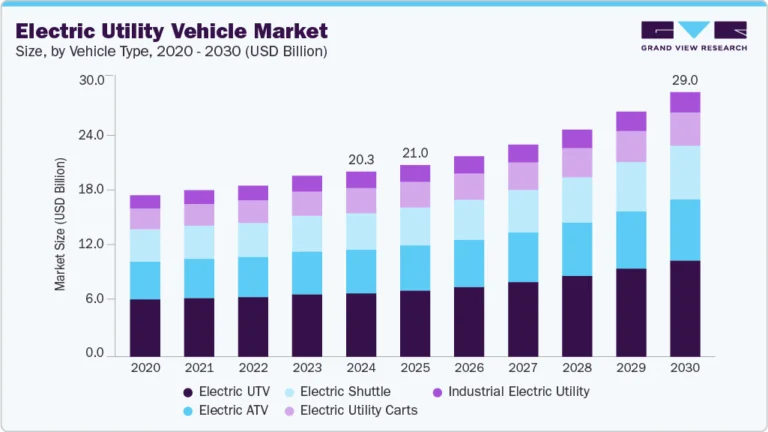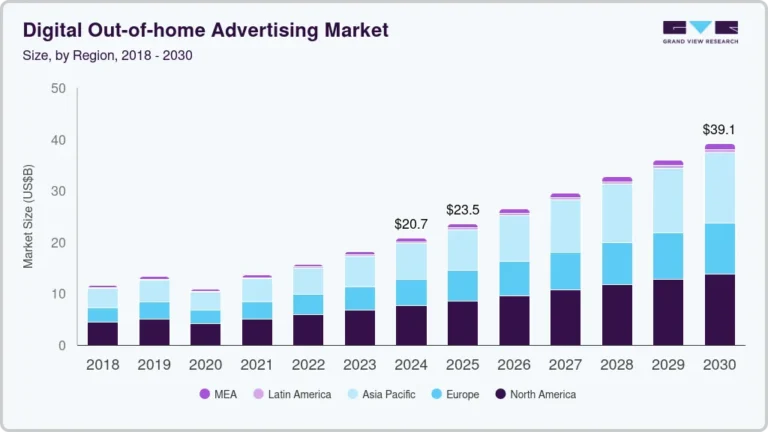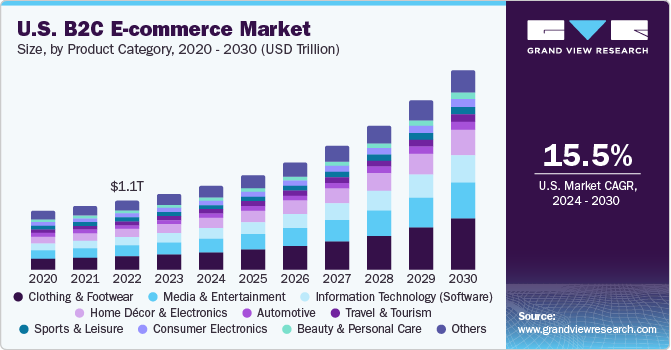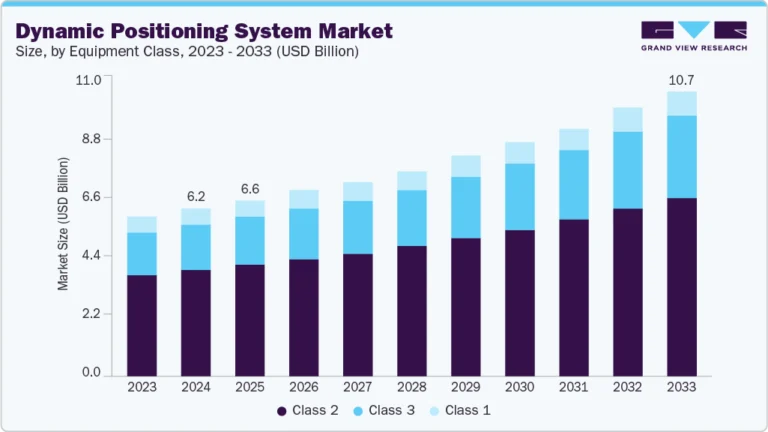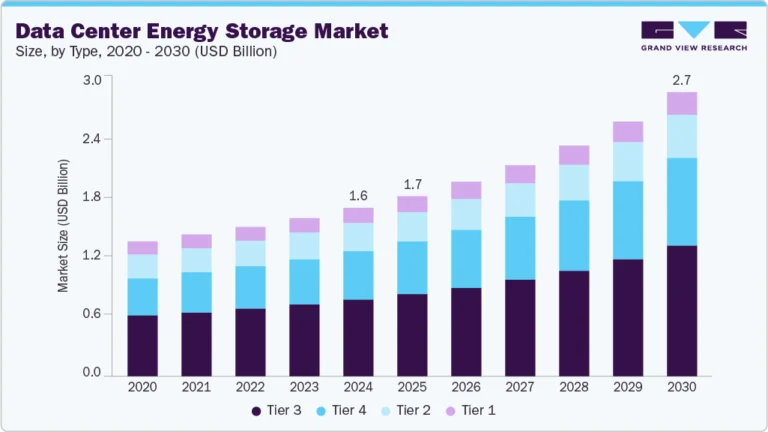Data Center Networking Market Size, Share & Trends Analysis growing at a CAGR of 17.2% from 2025 to 2033

The global data center networking market size was estimated at USD 38.49 billion in 2024 and is projected to reach USD 154.83 billion by 2033, growing at a CAGR of 17.2% from 2025 to 2033 due to the exponential growth in global data traffic, driven by increased internet usage, IoT devices, video streaming, and enterprise digital transformation. Businesses are rapidly migrating workloads to cloud platforms such as AWS, Microsoft Azure, and Google Cloud.
Key Market Trends & Insights
- North America data center networking dominated the global market with the largest revenue share of 39.0% in 2024.
- The data center networking market in the U.S. is expected to grow significantly at a CAGR of 16.0% from 2025 to 2033.
- By component, hardware led the market and held the largest revenue share of 53.0% in 2024.
- By end use, IT & telecom led the market and held the largest revenue share of 19.6% in 2024.
Market Size & Forecast
- 2024 Market Size: USD 38.49 Billion
- 2033 Projected Market Size: USD 154.83 Billion
- CAGR (2025-2033): 17.2%
- North America: Largest market in 2024
- Asia Pacific: Fastest growing market
Request a free sample copy or view report summary: https://www.grandviewresearch.com/industry-analysis/data-center-networking-market/request/rs1
This requires a robust networking infrastructure to ensure low latency, high availability, and secure data flow between on-premises and cloud environments. Therefore, demand for high-bandwidth, scalable, and intelligent networking solutions such as SDN (Software-Defined Networking) and NFV (Network Functions Virtualization) is surging. The ongoing expansion of hyperscale data centers by companies such as Amazon, Meta, and Google significantly contributes to the data center networking industry’s growth. These facilities require ultra-high-speed interconnects, advanced Ethernet switches, and dynamic traffic routing capabilities. Moreover, the rise of edge computing, driven by applications such as autonomous vehicles, smart cities, and real-time analytics, is pushing investments in distributed micro-data centers that need fast, agile, and localized networking solutions.
These trends create a parallel demand for centralized and edge-oriented networking architectures. For instance, in June 2025, Digital Edge (Singapore) Holdings Pte. Ltd., a pan-Asian data center platform, entered into a strategic joint venture with B.Grimm Power Public Company Limited, an energy producer in Thailand. The newly formed entity, Digital Edge B.Grimm (TH) Holding Pte. Ltd., is set to lead the development of cutting-edge, AI-ready hyperscale data center campuses across Thailand. This initiative addresses the region’s rapidly growing demand for advanced digital infrastructure.
The global deployment of 5G networks is another significant driver for data center networking. 5G requires ultra-low latency and high-throughput connectivity, which can only be supported by highly resilient and flexible data center networks. To handle the massive increase in connected devices and support 5G backhaul and core functions, telecom operators and governments invest heavily in next-gen network infrastructure, including data centers with advanced routing, switching, and optical transmission technologies.
The growing adoption of artificial intelligence (AI), machine learning (ML), and big data analytics is accelerating demand for high-performance computing environments that rely on low-latency, high-throughput networking infrastructure. These workloads require faster data movement between servers, GPUs, and storage systems, necessitating innovations such as high-speed Ethernet (e.g., 400G/800G), InfiniBand, and intelligent network fabrics. Data center operators are thus increasingly modernizing their networks to support these demanding applications.

